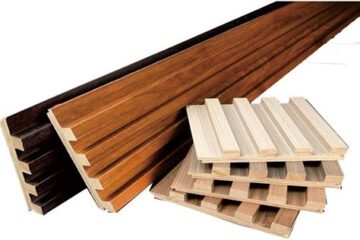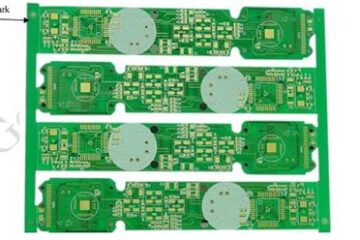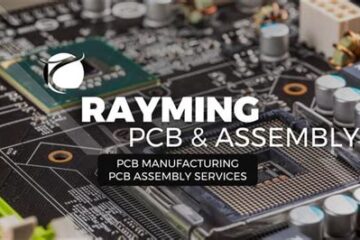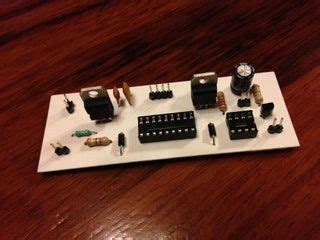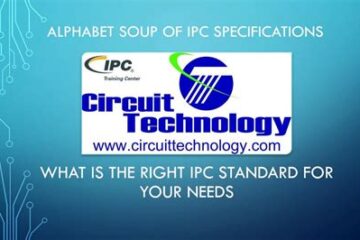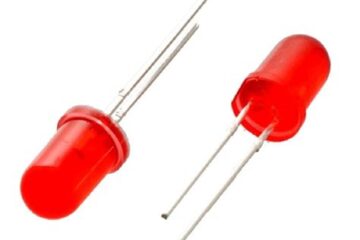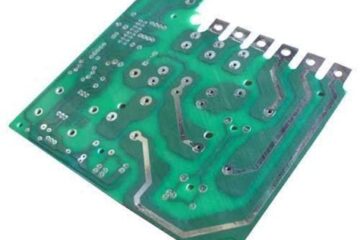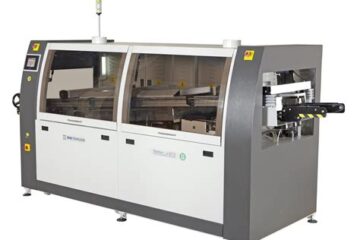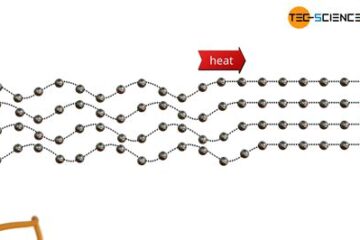PCBA
What Are Multi-layer Boards?
Introduction to Multi-layer Boards Multi-layer boards, also known as multilayer printed circuit boards (PCBs), are essential components in modern electronics. These complex structures consist of multiple layers of conductive copper sheets separated by insulating materials, allowing for dense and efficient routing of electrical signals within a compact space. The use of multi-layer boards has revolutionized the electronics industry, enabling the development of smaller, faster, and more powerful devices. Key Features of Multi-layer Boards Multiple copper Read more…
